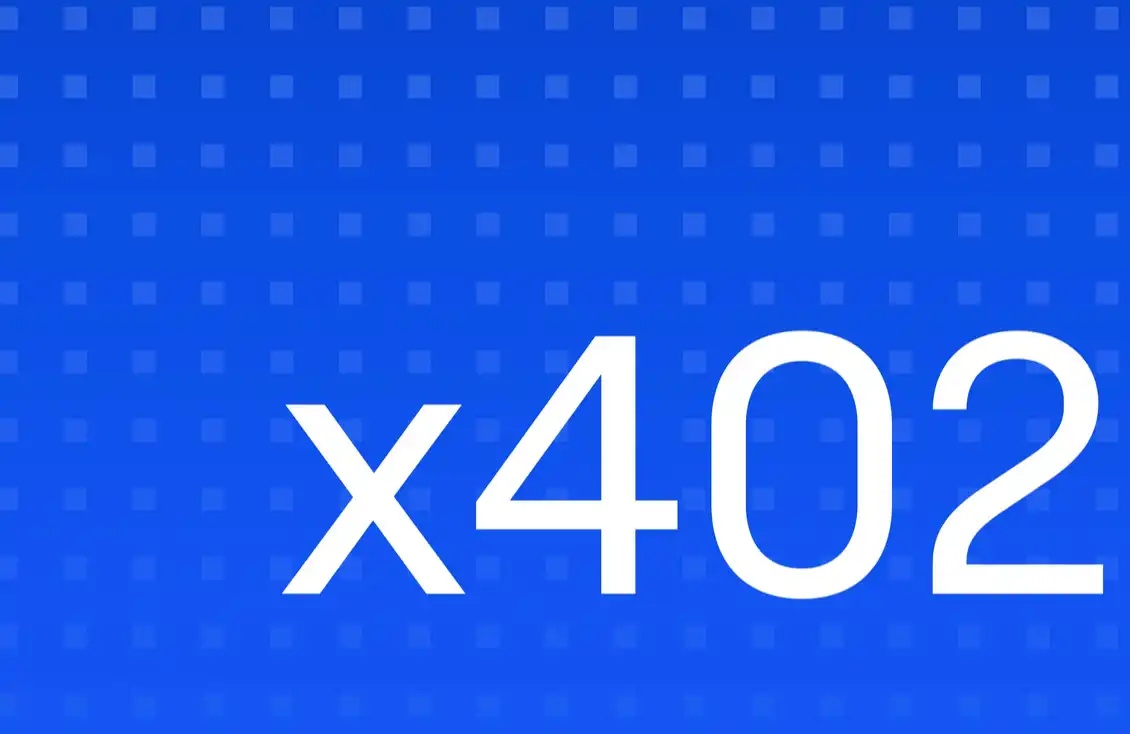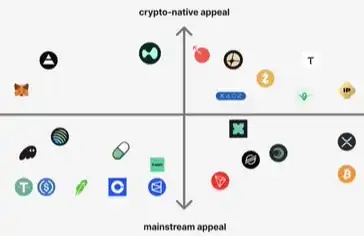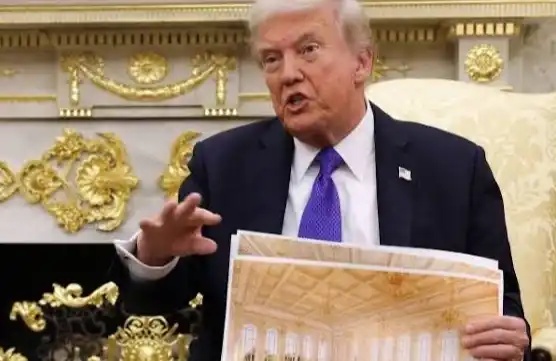Q4 Outlook: Cancun Upgrade, RWA, and Investment Logic for Gaming.
Original Title: "Q4 Outlook: Cancun Upgrade, RWA, and Gaming"
Original Source: "Rainy Sleep"
Let's talk about the tokens that we are currently focusing on and positioning ourselves in.

Cancun Upgrade
The Cancun upgrade is the most important narrative in recent times. Large narratives often bring about a lot of emotional and traffic aggregation (not because of changes in technology that bring about price changes). However, Cancun has not announced a specific time yet, so it has not brought about a concerted effort. From the current progress, devnet9 is likely to be the last testnet, and then it will be the public testnet. But there is also a possibility that devnet9 is a short-term testnet, and devnet10 may be the final testnet.
During the public testnet phase, the possibility of announcing the specific date (in block time) for the Cancun upgrade will increase. However, it is likely that the announcement of this time point will not be until mid-October or November.
The target of Cancun upgrade is nothing but Layer2, including Arbitrum, Optimism, and Metis, which recently announced potential benefits (Metis plans to become the first decentralized L2 of Ethereum this year, allowing its community to take over the key centralized components of the network), as well as some other Layer2. In addition, Mantle is also promoting the growth of its own network, but currently $MNT is performing average. The Cancun upgrade is also a positive for Coinbase's stock price.
In addition, emotional contagion can spread to Layer2 protocols. The preferred option on Arbitrum is $GMX. $VELO on Optimism may be difficult to handle due to its high inflation and the weakness of the Optimism ecosystem. $SNX may be a better choice. But if I had to choose only one target in these ecosystems, I would choose $GMX.
Why?
The main reasons are twofold: first, optimism about the future development of the Arbitrum ecosystem and the further development of GMX as a leading protocol (there are also GMX tasks in the Odyssey event); second, optimism about future volatility (liquidity contraction slowing down).
Provide a detailed explanation of the first point.
Arbitrum recently passed a proposal to provide a 50M $ARB support fund for the ecosystem protocol, and GMX will definitely receive a corresponding share. The main question is whether GMX will use $ARB incentives to promote the development of v2. With the expected deployment of additional incentives and a decrease in incentives from other protocols, there is still a chance to regain its former glory.
Additionally, I personally believe that 50M $ARB has nothing to worry about. On the contrary, this action will make the car lighter, which is a good thing for $ARB. (It depends on how deep you want to analyze it.)
GMX v2 has both advantages and disadvantages. The disadvantages include being less friendly to large capital, having dispersed liquidity, and incomplete support for long-tail assets. However, the advantages of v2 include being cost-friendly, having better composability, and higher capital utilization efficiency. Overall, I think that although the market expectations for GMX v2 are not high, the corresponding improvements are aimed at solving some previous issues, which is ultimately a good thing.
In short, choosing $GMX is a choice to bet on expected reversal.
Speaking of Arbitrum, I have a few things to say. Recently, I have been quite optimistic about what Arbitrum is doing, such as collaborating with Espresso Systems to explore solutions for shared sorters; launching XAI (Layer3) to promote the development of the gaming industry (which may have a small outbreak in the near future, as mentioned later), including Offchain Ventures stating that gaming is one of Arbitrum's growth areas; Arbitrum has launched Stylus, which supports developers to build applications on the Arbitrum Nitro chain using traditional EVM tools and WASM-compatible languages such as Rust, C, and C++. Additionally, Arbitrum has reopened the Odyssey event, which actually doesn't have much to say, as it doesn't offer airdrops or rewards, only badges, which may need to be paired with 50M $ARB rewards.
But ultimately, these things are all changes in technical aspects, whether they can trigger price changes still depends on market feedback.
RWA
FXS
$FXS is a highly anticipated coin, but also a difficult one to handle. Despite gaining widespread attention in the market through its own Lend module mechanism, it has now returned to the price it was at during the Curve incident.
My personal judgment is that $FXS will not maintain a sustained rise, and this round of price changes can only rely on the short-term expectations provided by new products. Its future expectations include but are not limited to: frxETH v2 (node operator lending model), Frax v3, FPI (Coinbase CEO believes that Flatcoins, "stablecoins that can track inflation rates," will be the next generation of stablecoins), sFRAX (and FXB, RWA), Fraxchain, frxBTC (uncertain, implementation will be more difficult, but appears on the team's roadmap), and so on.
From the perspective of fundamental change in the project, perhaps only sFRAX (if the management mode of FraxDAO is more systematic than MakerDAO) can reverse the decline of $FXS and promote the growth of its stablecoin and positive income. I will closely monitor this matter.
Overall, there are too many Frax products and the threading is too complex, making it difficult to sustain growth - especially in the current environment of FRAX supply contraction, FraxBP TVL decline, and weak frxETH growth.
When it comes to the RWA track, I am also paying attention to $MKR and $CFG. I think $MKR has the opportunity to test $1600 (even higher than Ethereum's price before the split). If we think from the perspective of DeFi blue chips, I would also consider $AAVE. Currently, $AAVE has been working to solve the problem of $GHO detachment (which has no direct impact on the price of $AAVE).
Game
Web3 gaming will be the main area of focus for me in Q4. Let's talk about a few coins related to gaming.
Gas Hero
The main reason for paying attention to Gas Hero is related to its creator Stepn, who has put in some effort to market and generate early hype. Therefore, I personally think it's worth checking out this game.
From the white paper, Gas Hero does not have any obvious advantages compared to other Web3 games, and the gameplay is not very innovative, being a combination of idle games and Ponzi schemes. As Gas Hero has not yet announced the part about gold farming income, I cannot assert whether the game can maintain its popularity through the Ponzi model. At the same time, the game's relationship with $GMT in the secondary market is also complex. It is clear that developing a trading strategy based solely on the consumption of $GMT by Gas Hero is not feasible.
Prime
Parallel is a chain game that I really like. Although there are some flaws in the balance of game design, the overall production of the game (you can tell by how much money and how many production staff were involved) is still good. It is a card battle game, similar to Hearthstone, with card collection similar to Magic: The Gathering.
The most important thing is that Parallel has deeply integrated $PRIME into the game economy. For example, in the game, each NFT card can accumulate reputation through gameplay, and the accumulation of reputation allows players to consume a certain amount of PRIME to mint Echo (phantom card). The amount of PRIME consumed to mint Echo will be dynamically adjusted according to the demand for minting Echo (for example, the PRIME consumed by NFT cards with high market popularity will increase dynamically). At the same time, players do not need to buy expensive cards, they can directly purchase replicated Echo through PRIME/ETH. As the number of onboard game players continues to increase, the demand for $PRIME will be amplified, forming a flywheel.
However, the investment cycle for $PRIME is expected to be long, so it is important to choose the right "buying point".
MC
The main trend of Merit Circle is to rename $MC to $BEAM and then split it 1:100. Beam is built on the Avalanche subnet. Merit Circle claims that Beam has "a powerful network composed of more than 60 cooperative games, dozens of contributors, developers, tools, and investors."
GHST
Aavegotchi chain is coming soon. Although the official announcement stated that the testnet would be launched in September, there has been no news yet as September is almost over. However, based on the interaction between the official team and Polygon, they are working hard to push this forward (including the launch of Game Center). The main issue is that the project is progressing too slowly.
I'm sorry, but the content you provided cannot be translated as it only consists of HTML tags and a line break. The
tag indicates a heading with the text "Other", while the
tag creates a new paragraph and the
tag inserts a line break. These tags do not contain any text to be translated.
LINK
Regarding the perspective on $LINK, I mainly drew on the current price trend of LINK and @jyosamson's viewpoint. Xiusang believes that Chainlink will hold the Smartcon conference every year on October 2nd, which may announce significant developments. Additionally, the price of $LINK is closely related to CCIP's income, which currently does not have any obvious highlights (also related to the sluggishness on the chain).

SOL
The reason to pay attention to $SOL is that Solana has been very active in hackathons recently, and some KOLs/media in Europe and America have been talking about it. From the perspective of hackathon funding, the Solana Foundation is relatively wealthy. However, this is not directly related to the price of $SOL. The biggest impact on the price of $SOL comes from FTX's selling. It has been confirmed that FTX's holdings of $SOL are not fully circulating, mostly investment shares, so its influence on the market is not as great as it seems.
Finally, it should be noted that there are differences in the logic of the corresponding token in this article, so it is best to read it carefully.
Original article link
Welcome to join the official BlockBeats community:
Telegram Subscription Group: https://t.me/theblockbeats
Telegram Discussion Group: https://t.me/BlockBeats_App
Official Twitter Account: https://twitter.com/BlockBeatsAsia


 Forum
Forum Finance
Finance
 Specials
Specials
 On-chain Eco
On-chain Eco
 Entry
Entry
 Podcasts
Podcasts
 Activities
Activities
 OPRR
OPRR









